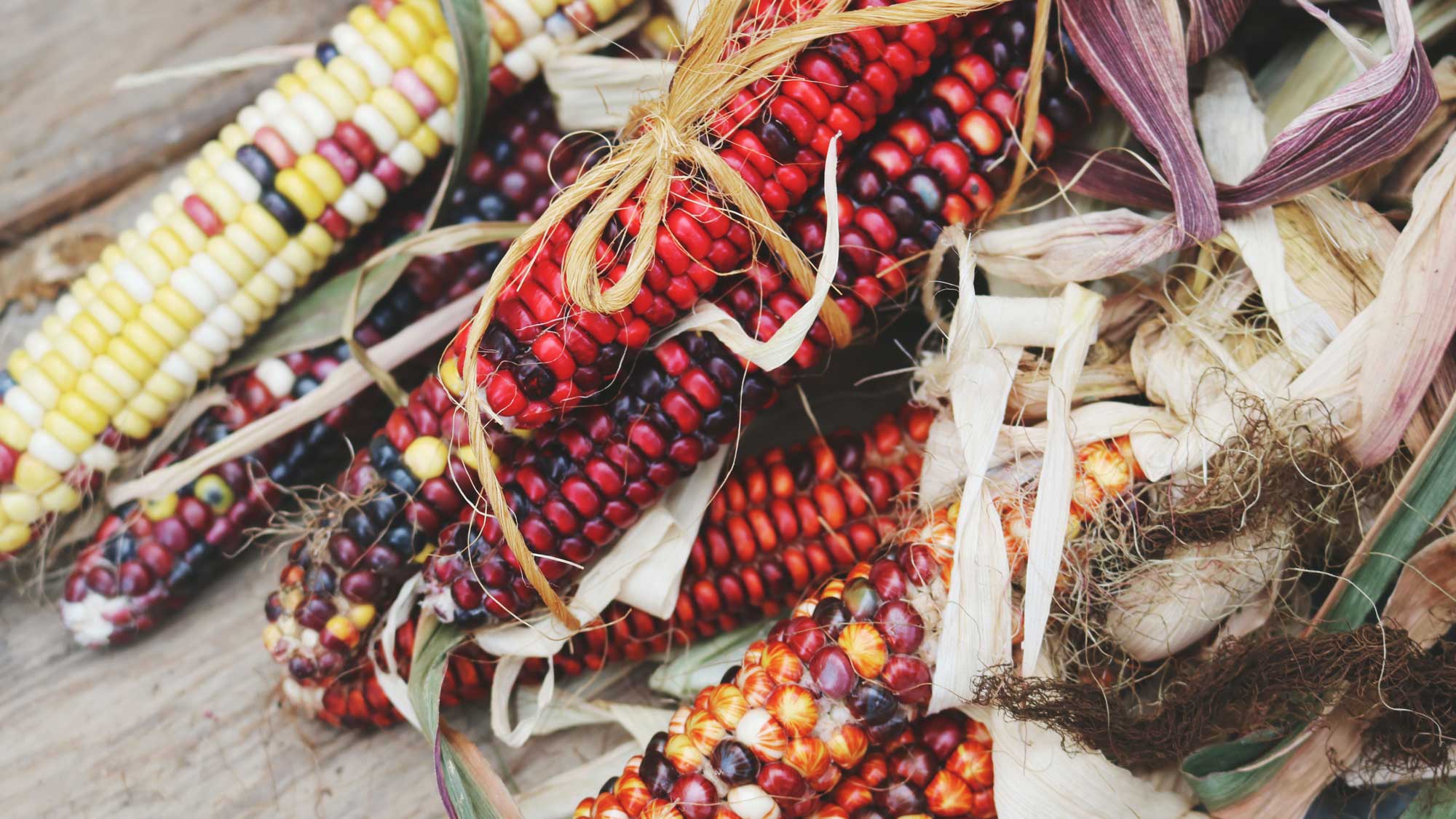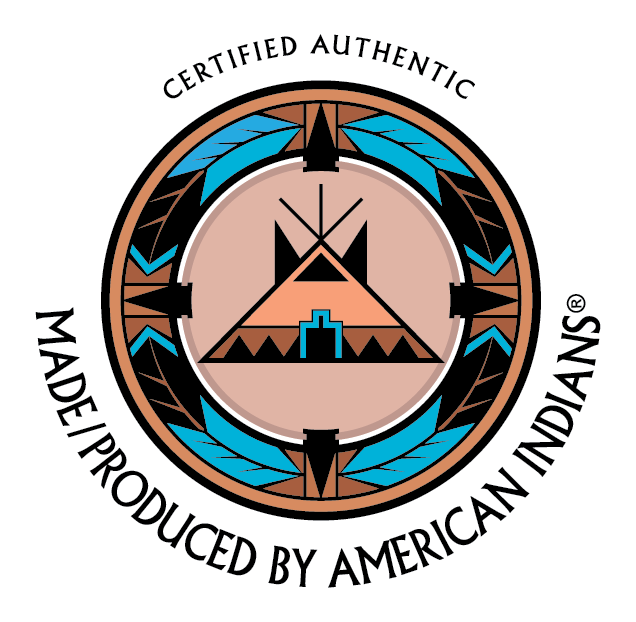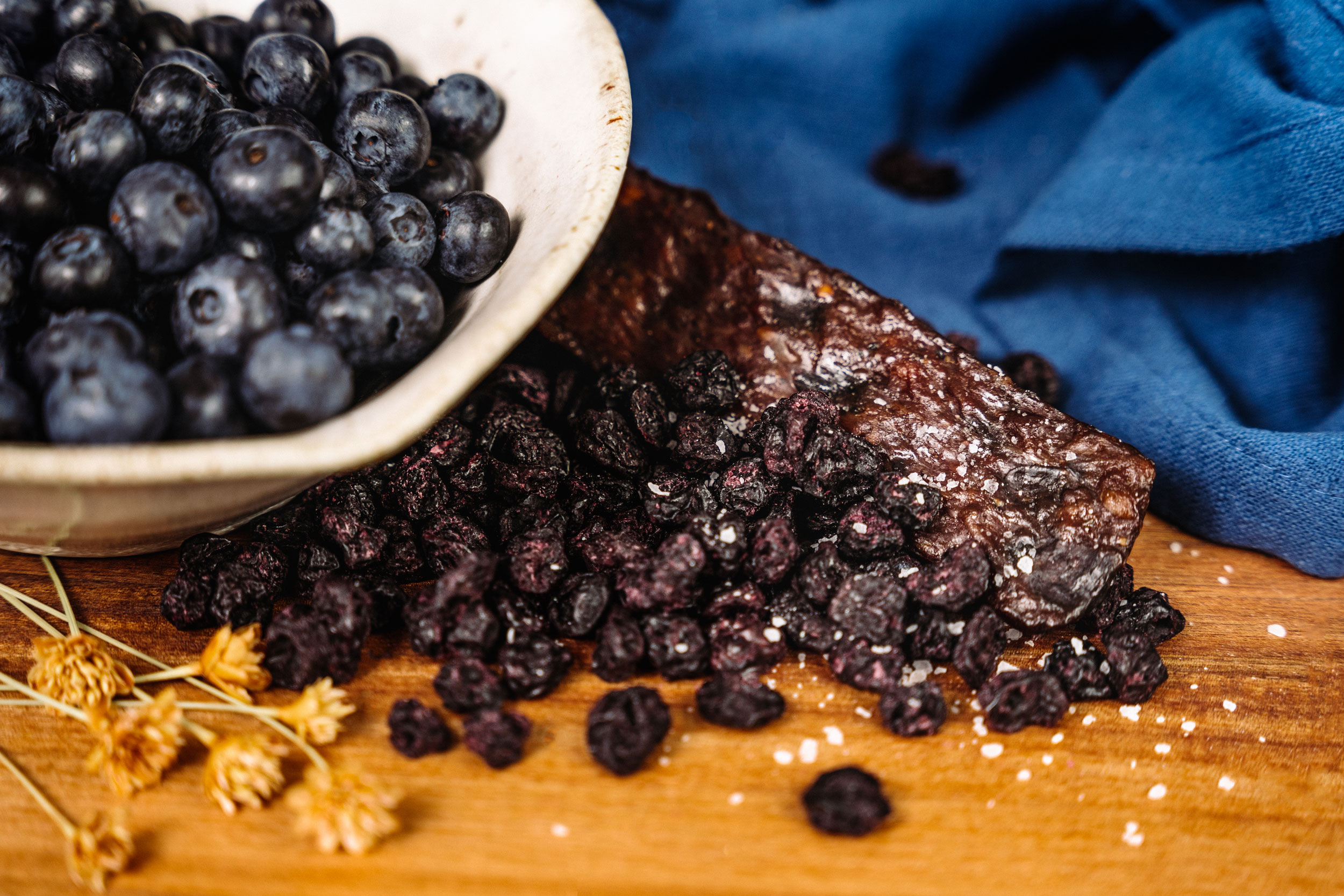Native American Nutrition
At Pemmican Patty Food Company, we’re driven by a mission to provide snacks that are not only packed with flavor and nutrition but also rich in protein. Our passion extends beyond merely crafting these nutritious snacks; it lies in sharing the rich culinary heritage of Indigenous foods with a global audience.
We love our jerky products, but I must confess, that our pride and joy is the Bisonberry Blends bars. We use only ingredients that were readily available to our ancestors, including bison, native berries, and maple-sap water. All of these items are foods that our ancestors would have recognized and regularly utilized. With every bite of our Bisonberry Blends bars, we hope to educate and inspire a deeper appreciation for these historical food traditions.
Here are a few of the ingredients you might know, and a few you should be introduced to!
Maize (corn)
Now a staple crop for countless families across the world, maize was first domesticated by Indigenous peoples in southern Mexico thousands of years ago. Taken by Spanish colonizers back to Spain, the cultivation of maize then spread through Europe, West Africa, and beyond. The importance of maize can be found in cultural keystone recipes like tortillas in Central and South America, grits in the American South, polenta in Italy, and the ugali or cornmeal porridge of East Africa.
Potatoes
While frequently associated with European places and recipes, the entire world has Indigenous Americans to thank for the cultivation of the potato. The name comes from the Taino word “batata” and the Quechua word “papa.”
Tomatoes
When we think of tomato sauce, our minds often go to Italian food. But, like maize and potatoes, tomatoes were originally cultivated by Indigenous Americans.
Cattails
These funny brown corn-dogs growing in your neighborhood drainage ponds are remarkably useful plants. Native Americans used the dry, fluffy cattail down as tinder, stuffing, and diaper lining, the leaves and stalks for weaving baskets, and the heads, seeds, roots, and pollen as both food and medicine. Virtually every part of this hardy and easy-to-spot plant are edible or useful.
Persimmon
The American persimmon ranges from Florida to Texas to Iowa to Connecticut, and has been cultivated by Native tribes for thousands of years. If you try to eat the fruit off the tree, you’ll be rewarded by having your tongue turned inside out, but let the fruit sit on a counter and get mushy, soft, and way-beyond ripe, and you’ll have a sweet, delicious treat. Often made into jams, pies, and desserts, the seeds of the persimmon can also be roasted and used as a coffee substitute.
Dandelion
Not just a weed in your yard, many species of dandelion are native to North America, and rich in vitamins A, C, and K. The entire plant is edible, often used in salads or sauteed like spinach. The roots, when ground and roasted, also make a caffeine-free coffee substitute. Beyond its edible properties, dandelions are an early bloomer, necessary for pollinator survival in the spring, and the dandelions’ long taproots bring up nutrients for neighboring plants in the garden.
From maize, potatoes, and tomatoes to cattails, persimmons, and dandelions, every ingredient has a story to tell about the wisdom and resourcefulness of our forebears. We invite you to continue joining us on this journey of discovery and taste, to explore the depth and breadth of flavors that these ancient ingredients offer, and to celebrate the invaluable contribution of indigenous cultures to our global food heritage.
Until next time,
Miigwech





